Outdoor Elements - September 10th, 2023
In This Episode
-
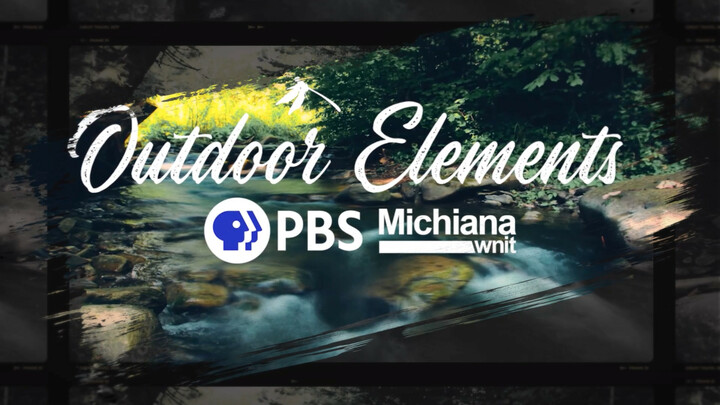
In This Segment
Guests
No guest information was found.Share
-
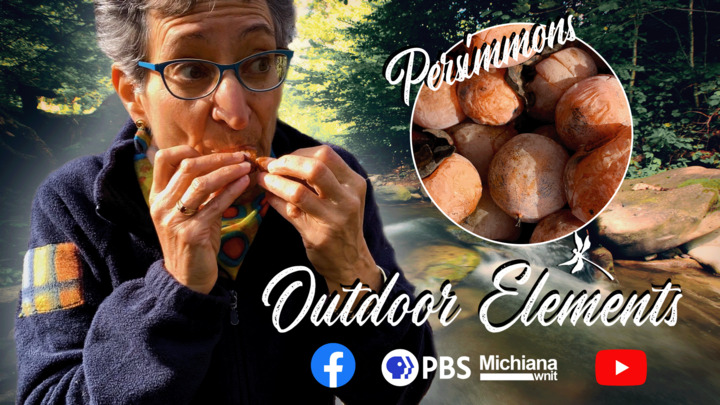
In This Segment
Native Persimmon are found in our southern open woodlands. As a sweet treat they are used in all sort of autumn baked goods. Don't forget to follow us on social media so you don't miss this Sweet Treat!
Guests
No guest information was found.Share
-
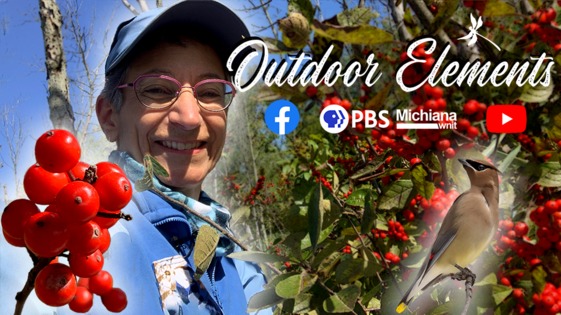
In This Segment
Winterberry, a native holly grows in wetlands and has spectacular berries in fall. Evie shows us what makes Winterberry different from other Holly and how there is a male and female plant. It is also a great source for food and energy for wildlife, especially birds. Discover with us a wonderful plant that you could add to your native landscape. Be sure to follow us on Facebook and Youtube for new Outdoor Elements every Wednesday.
Guests
No guest information was found.Share
-
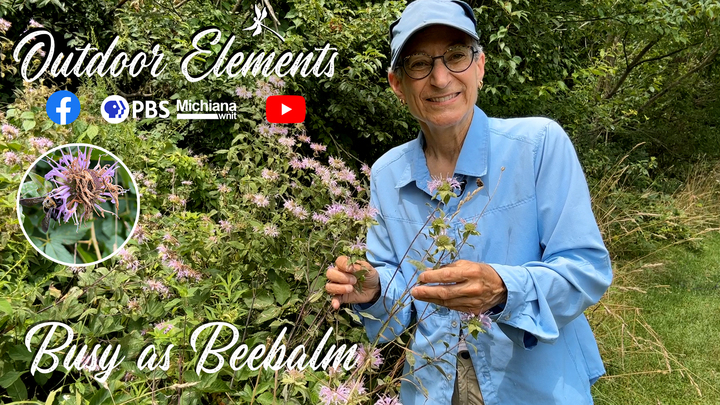
In This Segment
Evie takes a look at a wildflower that has several names, but no matter what you call it many pollinators find it to be a great treat. Beebalm also known as Monarda, has been used for medicinal purposes as well as tea as it is in the mint family.
Guests
No guest information was found.Share
-
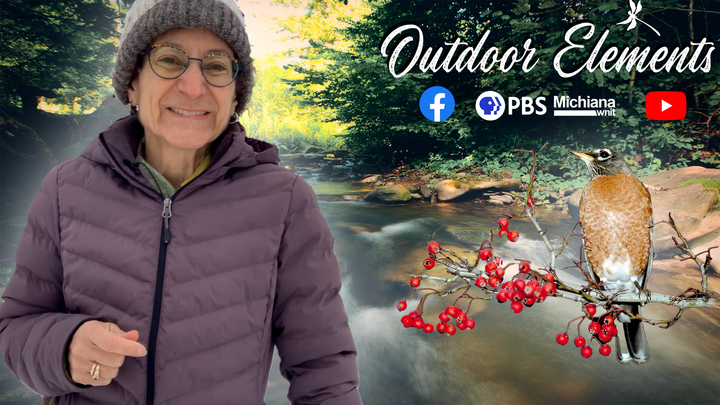
In This Segment
What is it that keeps some birds around in the Winter? For robins, it's a food source like the berries on a Crabapple tree. Evie shows how having these trees in our neighborhoods and yards can provide for our winged friends all winter long.
Guests
No guest information was found.Share
-

In This Segment
While walking along the trail you might discover Rose Hips which are bundles of energy, especially for birds. Evie shows us the seeds packed inside and explains how birds help the spread Rose Hips to new areas.
Guests
No guest information was found.Share
-
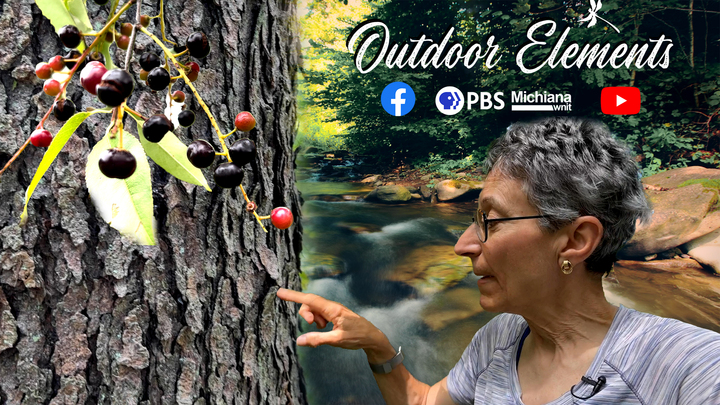
In This Segment
If your looking to identify trees you come across, there are many things to help. One thing you can check out is the back. Evie points out the characteristics of a black cherry tree's bark, and how that can help in identifying it.
Guests
No guest information was found.Share
-

In This Segment
In some years, nut producing trees produce more fruit. Dr. Rod Robichaud shares the science behind "masting."
Guests
- Dr. Rodney RobichaudAssistant Professor of BiologyHoly Cross College
Share
- Dr. Rodney RobichaudAssistant Professor of BiologyHoly Cross College
-
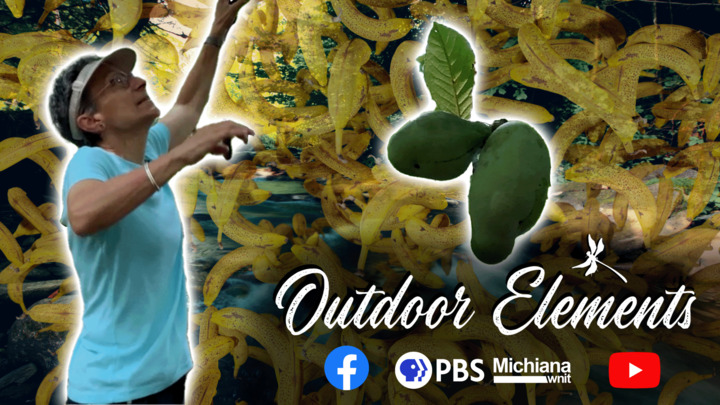
In This Segment
Here are some tips for identifying this tasty treat found in the woods! Sometimes referred to as the Indiana banana or poor man's banana.
Guests
No guest information was found.Share



